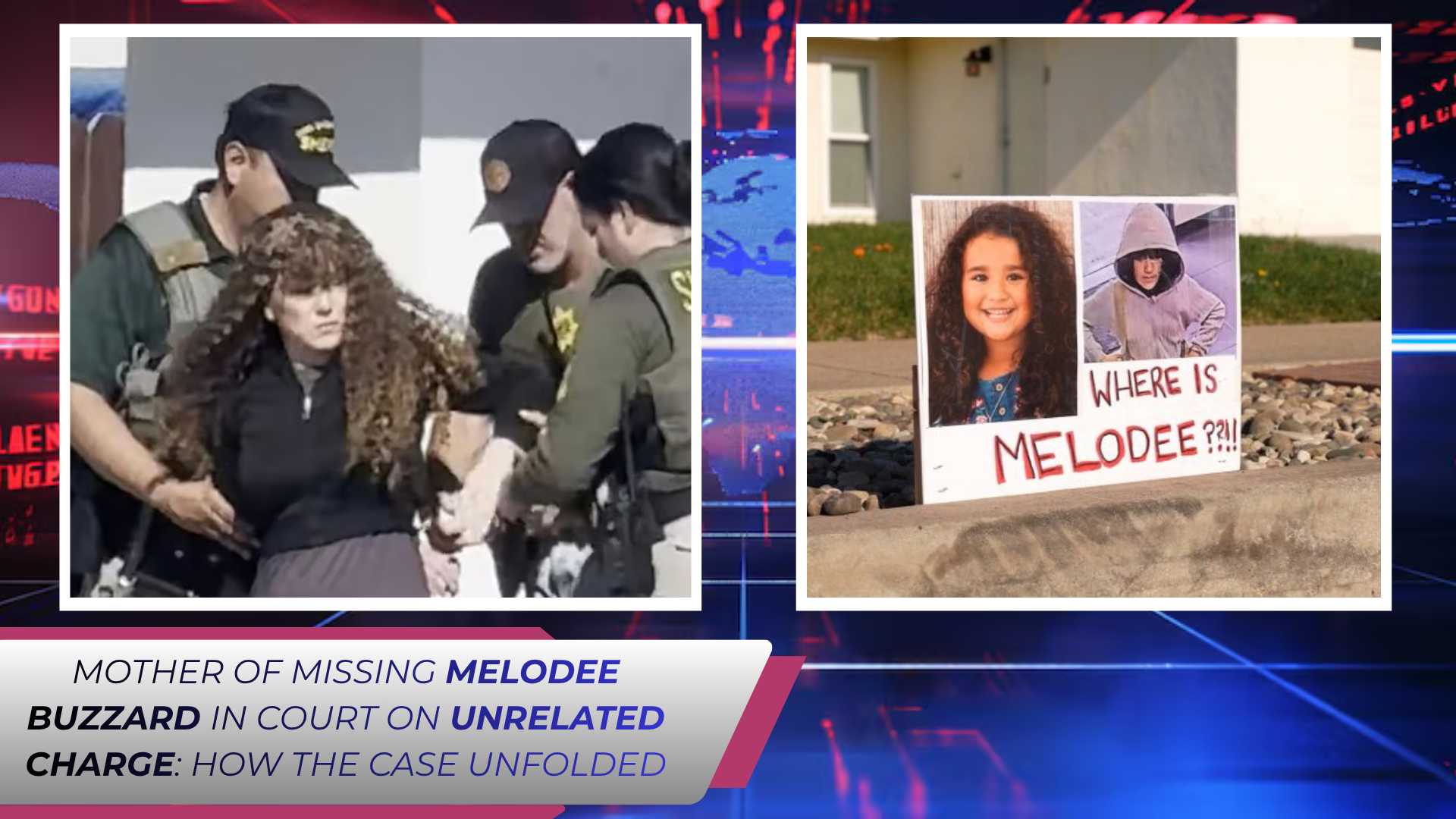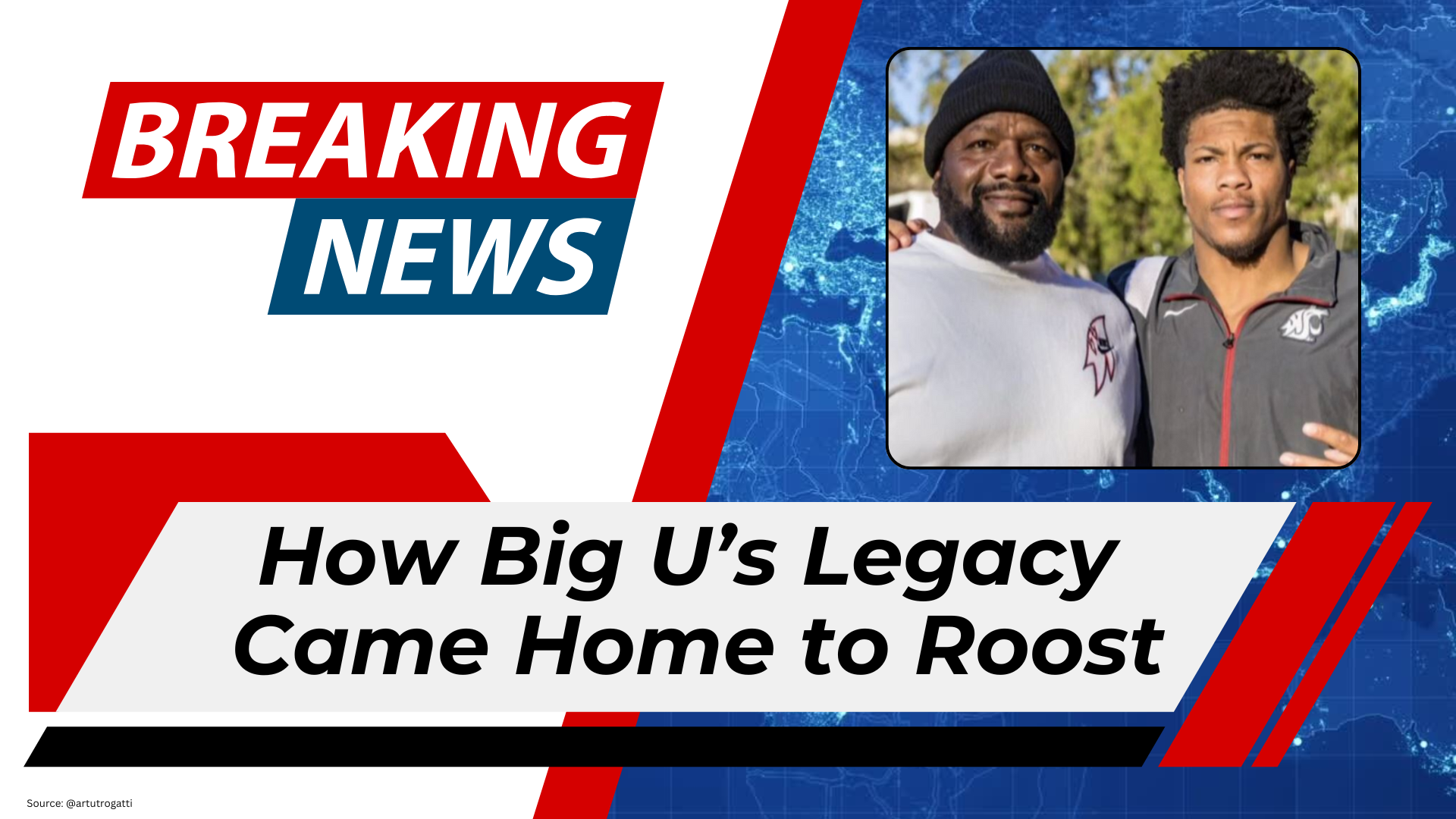Crime has many faces, but none strike fear into the hearts of people more than violent crime. Unlike financial scams or digital fraud, violent crime leaves physical scars, emotional trauma, and broken communities in its wake. Whether it’s a street robbery, gang conflict, domestic abuse, or homicide, the presence of violence in society is one of the clearest indicators of instability and insecurity.
What is Violent Crime?
Violent crime refers to illegal acts where force or the threat of force is used against another person. It includes:
- Homicide: Intentional killing of another human being.
- Assault: Inflicting physical harm or threatening to do so.
- Robbery: Taking property through violence or intimidation.
- Sexual Violence: Acts of assault or abuse that violate bodily autonomy.
- Gang-Related Violence: Street fights, shootings, and organized criminal rivalries.
Unlike non-violent crimes, these offenses are direct attacks on human safety, making them especially traumatic.
Why Does Violent Crime Happen?
The reasons behind violent crime are complex and often interconnected. Some of the most common causes include:
- Poverty and Inequality
Communities with limited resources often face higher crime rates. Lack of jobs, poor education, and economic disparity push individuals toward desperate choices. - Drug and Alcohol Abuse
Substance abuse lowers inhibitions, fuels aggression, and often leads to violent confrontations. - Cultural and Social Influences
In some places, violence is normalized through exposure, whether in family environments, communities, or media. - Gang Activity
Gangs provide identity and power to marginalized individuals, but this often comes with violence, territorial battles, and crime. - Mental Health Issues
Untreated mental illness, coupled with poor support systems, can increase violent behavior.
Impact on Victims and Society
The effects of violent crime extend far beyond the immediate victim.
- Psychological Trauma: Victims often experience PTSD, anxiety, and depression.
- Economic Costs: Medical expenses, lost productivity, and law enforcement costs burden communities.
- Social Division: Fear of crime weakens trust among neighbors and fuels segregation.
- Generational Effects: Children growing up in violent neighborhoods are more likely to suffer academically and socially, perpetuating cycles of crime.
Violent crime doesn’t just hurt individuals—it weakens the very fabric of society.
The Global Picture
Around the world, violent crime rates vary greatly. Countries facing war, political instability, or high inequality often experience the most severe cases. For instance:
- Latin America consistently records some of the highest homicide rates due to drug cartels and organized crime.
- Developed Nations often see lower murder rates but still grapple with domestic violence, mass shootings, and street assaults.
- Conflict Zones experience extreme levels of violence, blurring the line between crime and war.
Preventing Violent Crime
Addressing violent crime requires more than just policing—it demands social reform and prevention strategies.
- Community Policing
Building trust between law enforcement and communities reduces fear and encourages cooperation. - Youth Programs
Providing education, mentorship, and job opportunities gives young people alternatives to gangs. - Mental Health Support
Expanding access to counseling and treatment can prevent violence rooted in psychological struggles. - Economic Development
Reducing poverty through jobs and fair wages tackles one of the root causes of crime. - Stronger Laws on Weapons
Regulating firearms and dangerous weapons decreases opportunities for lethal violence.
The Human Side of Crime
It’s easy to look at violent crime in statistics and reports, but behind every number is a human story: a family grieving a loved one, a child traumatized by abuse, or a survivor rebuilding their life. Society must remember that violent crime is not just a legal issue—it is a humanitarian one.




.png)
.jpg)


